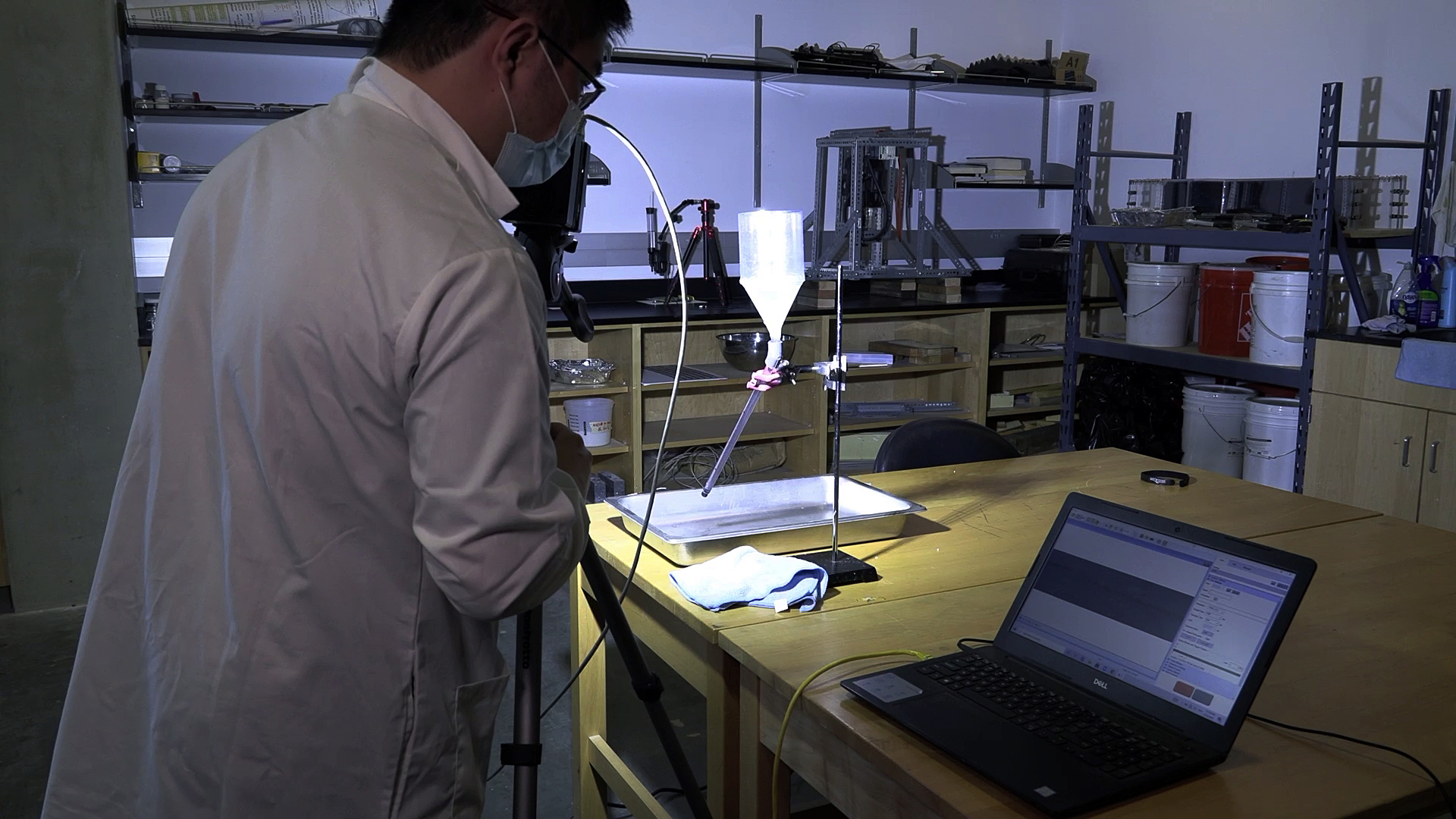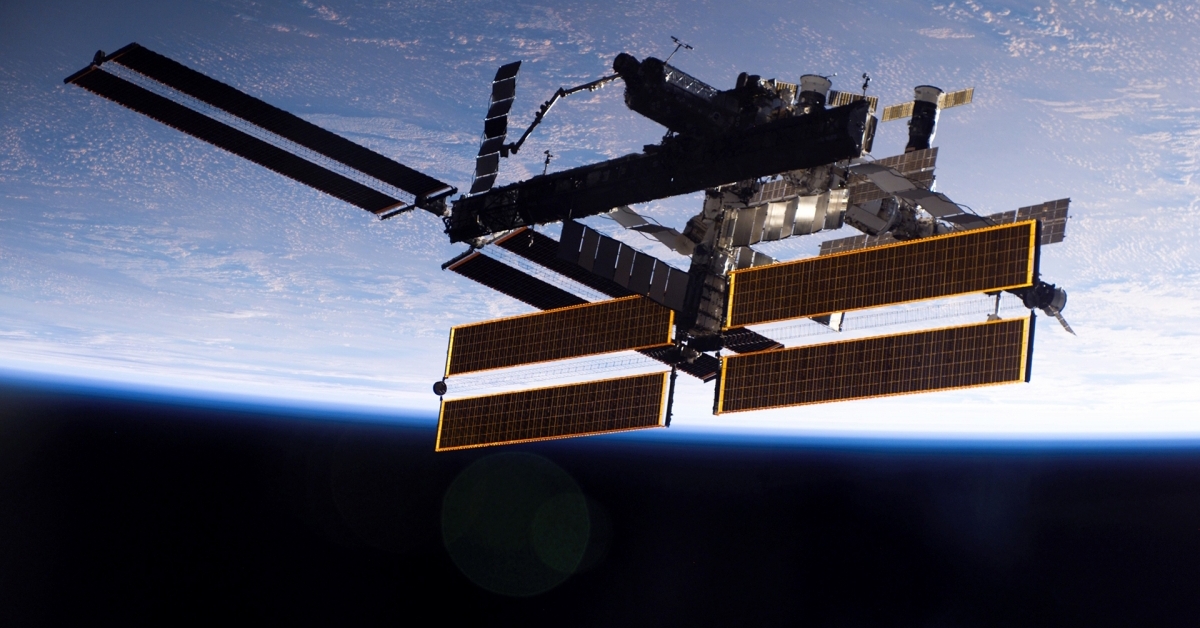Experimenting in Space to Help Prevent Mudslides Here on Earth
Story by:
Published Date
Article Content
Oct. 26, 2022, Wallops Island, Va. – As climate change-driven wildfires worsen, havoc wrecked by post-wildfire mudslides is a growing danger. These gravity-driven mudflows happen suddenly and are difficult to predict. They can have devastating effects, including lost lives, homes and damaged infrastructure. Knowing the causes of mudslides is critical to improving predictions that save lives and reduce damage. To better understand gravity’s effects on post-wildfire mudflow, a research team from the University of California San Diego will take their research to the only laboratory where gravity is removed—the International Space Station.
The project, funded by the U.S. National Science Foundation and supported by Space Tango, a commercial service provider for the ISS National Laboratory, will study the hydrodynamics of mudslides. Results could lead to improved mudflow models, new critical infrastructure and the development of early-warning systems. Through the investigation, which is launching on Northrop Grumman’s upcoming 18th Commercial Resupply Services mission, the research team will test a new paradigm for explaining how mudflows are triggered in post-wildfire environments. While it is well-established that burnt organic matter produces gasses that create water-repellent (hydrophobic) soil particles, the team hypothesizes that this soil entraps air. Mudflow, they argue, results from the mixture of rainwater and air with hydrophobic soil particles.
“When particles, air, and water mix in post-wildfire soil, it becomes a foam-like consistency that is heavily affected by gravity, which forces it down mountains,” said Ingrid Tomac, assistant professor of geomechanics and geotechnical engineering in the Department of Structural Engineering at UC San Diego. “By taking gravity away, we may better understand the role gravity plays in mudslides on Earth.”
The automated experiment will allow the team to examine the mixing, flow, and transport of hydrophobic particles (non-wettable sand that is similar to the water-repellent soil that wildfires create) in mixtures of air and water. The experiment will use different-sized sand particles to closely reproduce field soil conditions and it will also test how mixtures behave when they flow at different speeds. By observing how these components behave in microgravity, researchers can better understand gravity's role in mudflows back on Earth. Data will be used to study what Tomac calls “the missing link” between known materials that form mudflows and the poorly understood fluid forces of mudslides. This investigation could help researchers create better models to predict mudflow.
“Civil engineering is often synonymous with buildings and cities, but it’s also about soil,” Tomac said. “To predict mudslides, we need to understand the soil mechanics of mudslides in post-wildfire environments.”
This is just one of more than 20 ISS National Lab-sponsored payloads launching on Northrop Grumman CRS-18 are scheduled to launch from Wallops Flight Facility no earlier than Nov. 6 at 5:50 a.m. Please visit our mission overview page to learn more about all ISS National Lab-sponsored research.
Ph.D. student Wenpei Ma looks at results from an experiment. He is working with professor Ingrid Tomac on a project that will be launched to the International Space Station.
Learn more about research and education at UC San Diego in: Climate Change

Share This:
You May Also Like
Stay in the Know
Keep up with all the latest from UC San Diego. Subscribe to the newsletter today.




